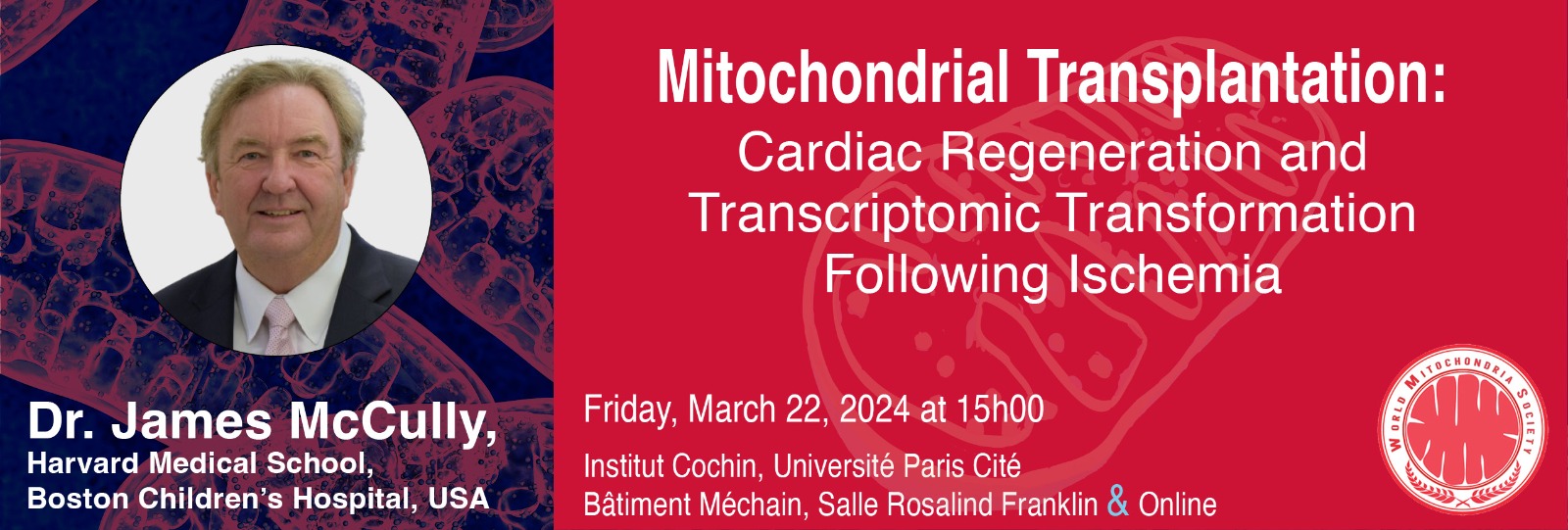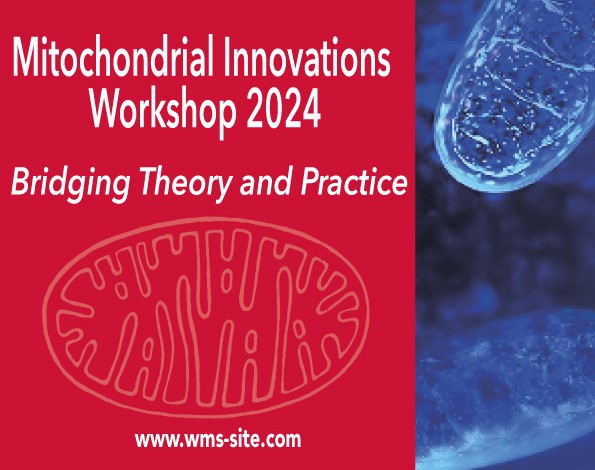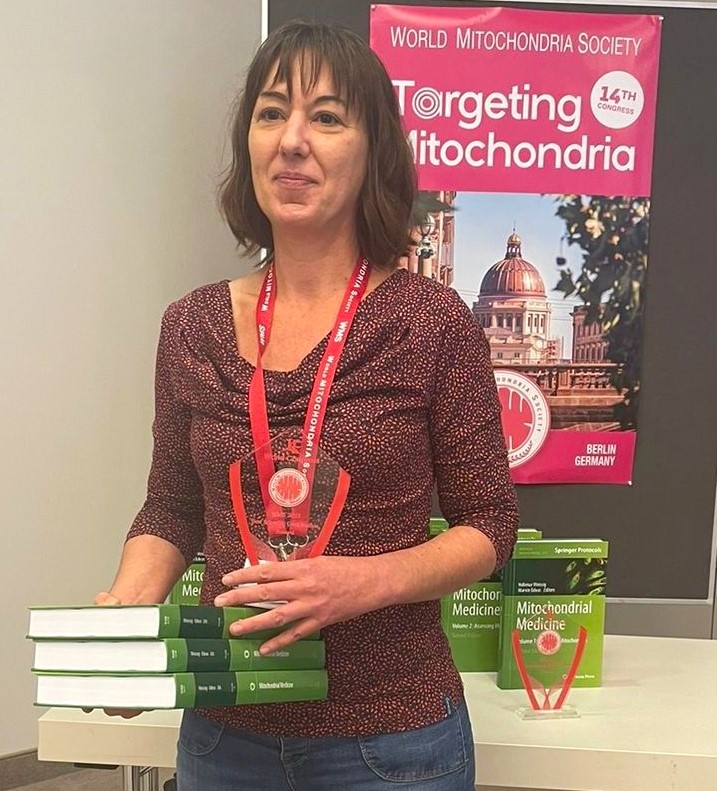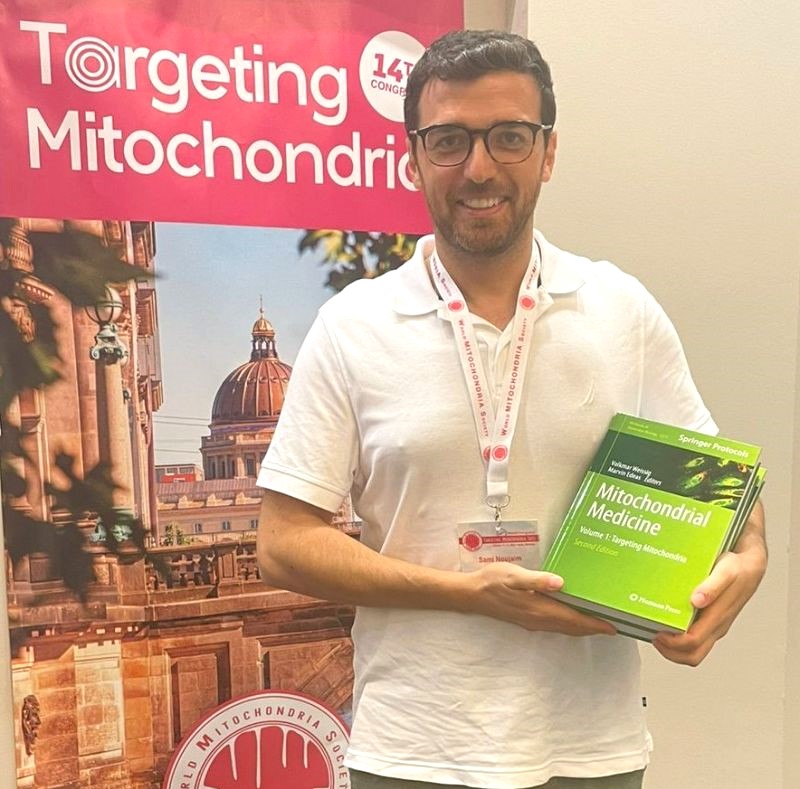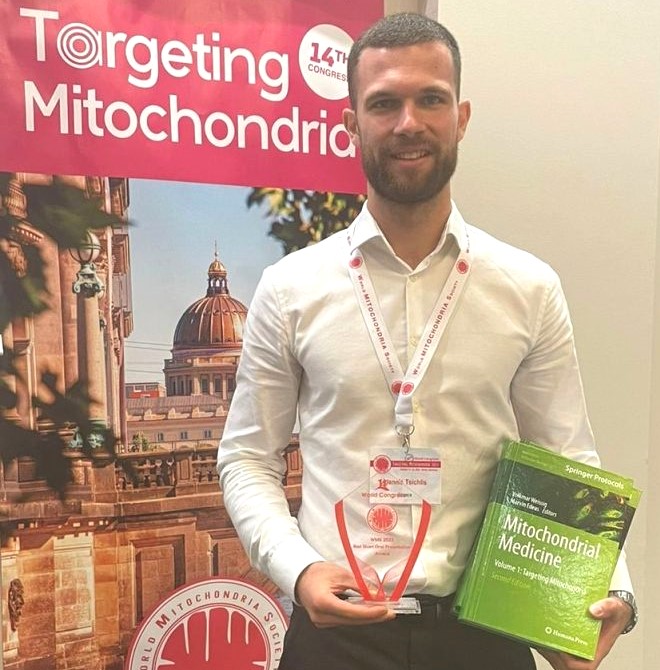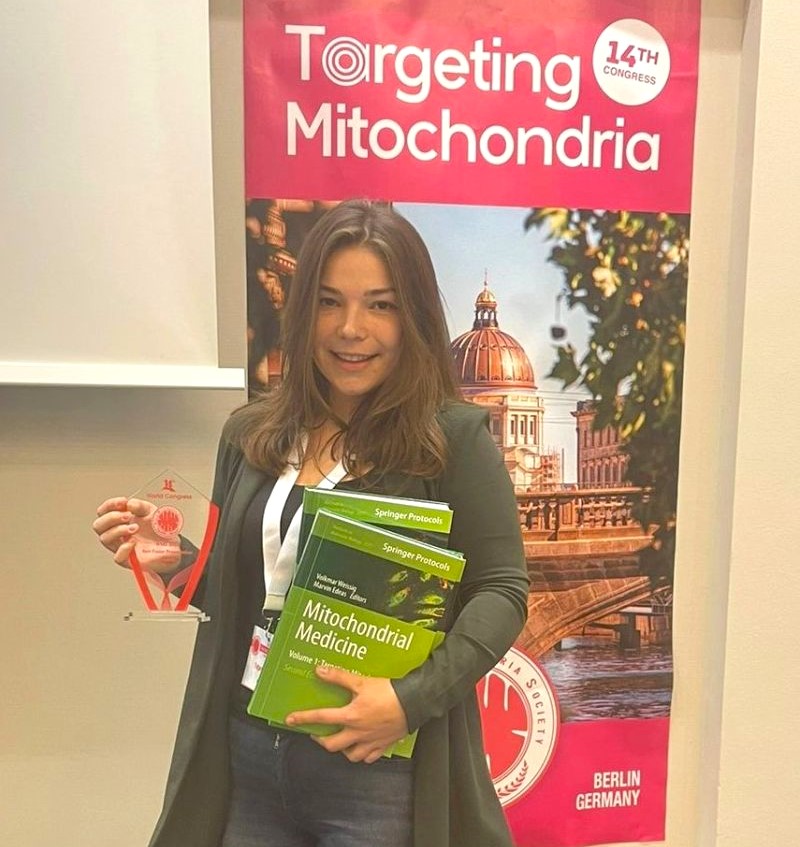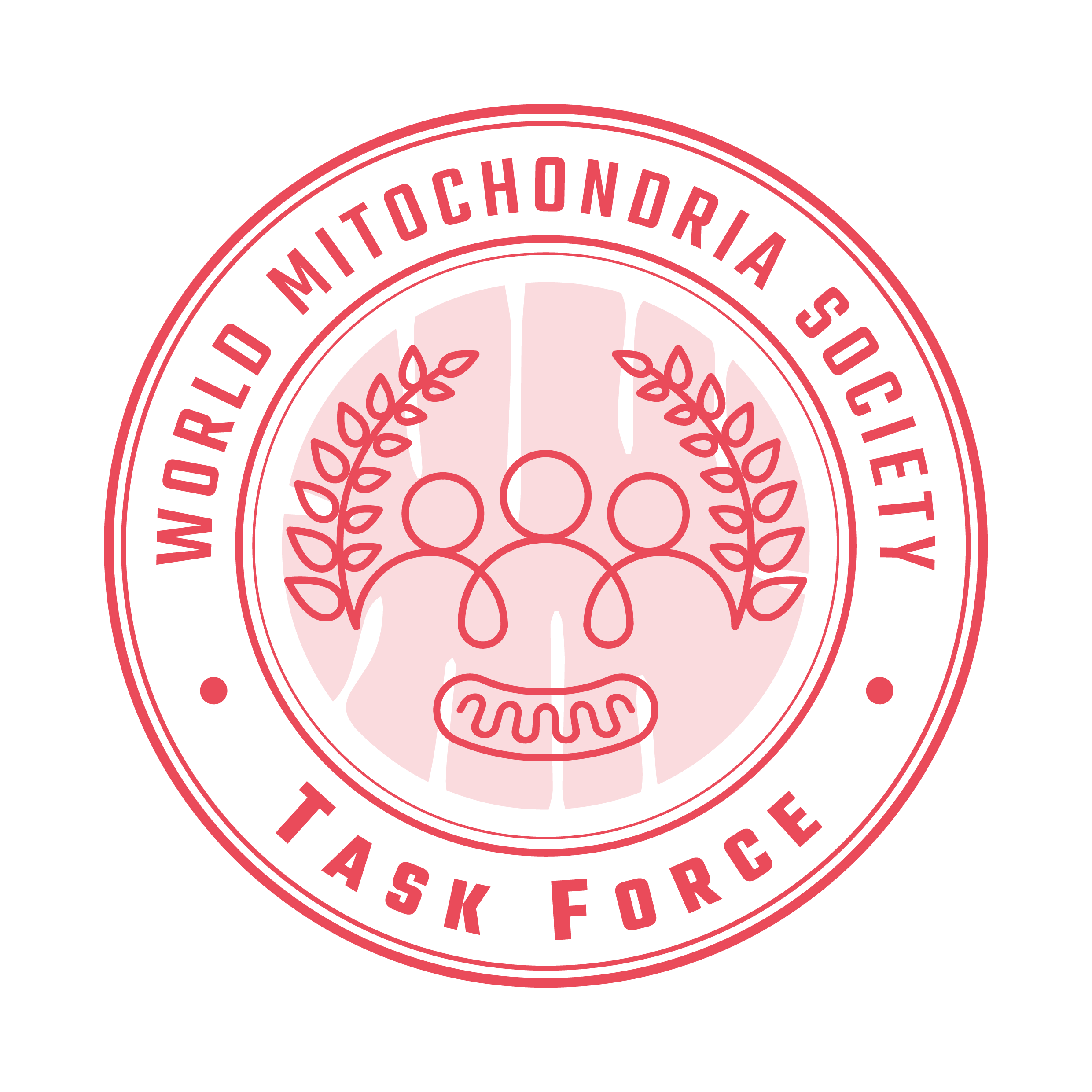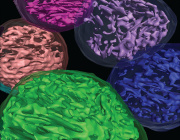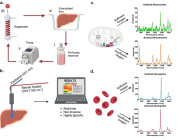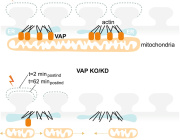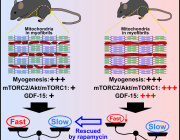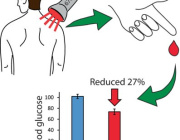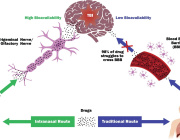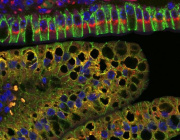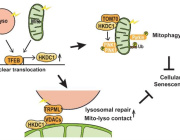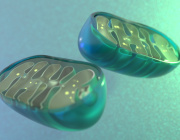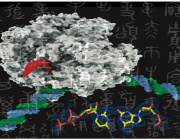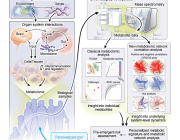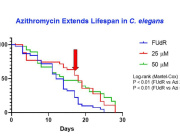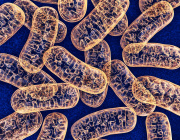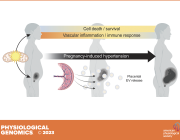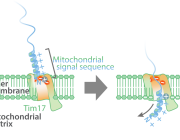Hydrogen Sulfide: A Promising Healthy ageing Therapeutic When Specifically Targeted Within Cells

News Release, World Mitochondria Society, Berlin - Germany – August 1, 2023
Future therapies to help people live healthy lives for longer could be developed from drugs that release tiny amounts of the gas hydrogen sulfide (H2S), new research has indicated.
A study from the University of Exeter, funded by the US Army and charity The United Mitochondrial Disease Foundation, found that targeting tiny amounts of H2S to specific areas of cells in adult worms using a H2S-releasing molecule called AP39, greatly improved health and activity as they aged. The research, published in PNAS, concludes that targeting H2S specifically to the energy-generating machinery of cells (mitochondria) could one day be used as a healthy aging therapeutic.
The research team administered AP39 to some worms from birth, and to others after reaching adulthood. They found that this compound improved the integrity of mitochondria – the “power house” of cells, which produces our cells’ energy, and kept the worms’ muscles active and moving, even well into old age, and when given mid-way through their life-course.
A number of age-related conditions are linked to loss of mitochondrial function, including natural ageing, neurodegenerative diseases such as Parkinson’s and Alzheimer’s as well as muscular dystrophy and primary mitochondrial diseases.
The team also found a group of proteins that regulated how genes are expressed in ageing (transcription factors). There transcription factors were found to be specifically targeted by H2S. This insight may identify new targets for therapy in ageing and age-related conditions, particularly conditions affecting muscle.
Senior author Professor Tim Etheridge, of the University of Exeter, said: “Worms are a powerful genetic tool to study human health and disease and offer a strong platform to quickly identify new potential therapeutics. Diseases related to ageing take a huge toll on society. Our results indicate that H2S, administered to specific parts of the cell in tiny quantities, could one day be used to help people live healthier for longer
In previous research, the team had found that they could successfully target skeletal muscle with H2S in worms, and the new paper represents the first time this technique has been applied to natural ageing.
The University of Exeter has assigned the underlying technology to its spin-out MitoRx Therapeutics, which has developed next generation compounds with much better drug characteristics as potential medicines to combat diseases of ageing including neurodegenerative disorders such as Huntington’s disease as well as rare childhood conditions such as muscular dystrophy.
Co-author Professor Matt Whiteman, from the University of Exeter, said: “This study is not about extending life – it’s about living healthier lives well into older age. This could have huge benefits to society. We’re excited to see this research move to the next stages over the coming years, and hope it will one day form the basis of new treatments which we have the potential to develop with MitoRx.”
“We saw a small extension of lifespan in the worms that were targeted with H2S, and what’s unique here is that we extended healthspan – or the time they lived healthy lives. The worms still died, albeit later than normally expected, but they died very active and with young physiology.”
The paper is entitled ‘Mitochondrial sulfide promotes lifespan and healthspan through distinct mechanisms in developing versus adult treated Caenorhabditis elegans, and is published in PNAS.
Source: University of Exeter.
Targeting Mitochondria 2023, this October, will dedicate a whole session to "Mitochondria & Longevity: Towards Expanding Life Span". Submit a related abstract.
Media contact:
World Mitochondria Society
This email address is being protected from spambots. You need JavaScript enabled to view it.
+33-1-5504-7755
Targeting Mitochondria 2023 Congress
October 11-13, 2023 - Berlin, Germany
wms-site.com

















